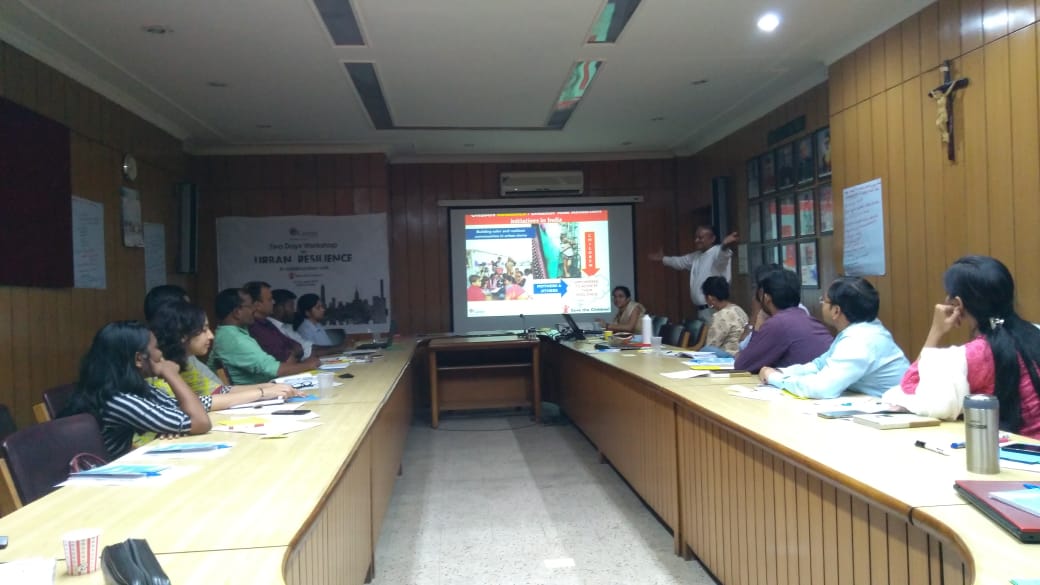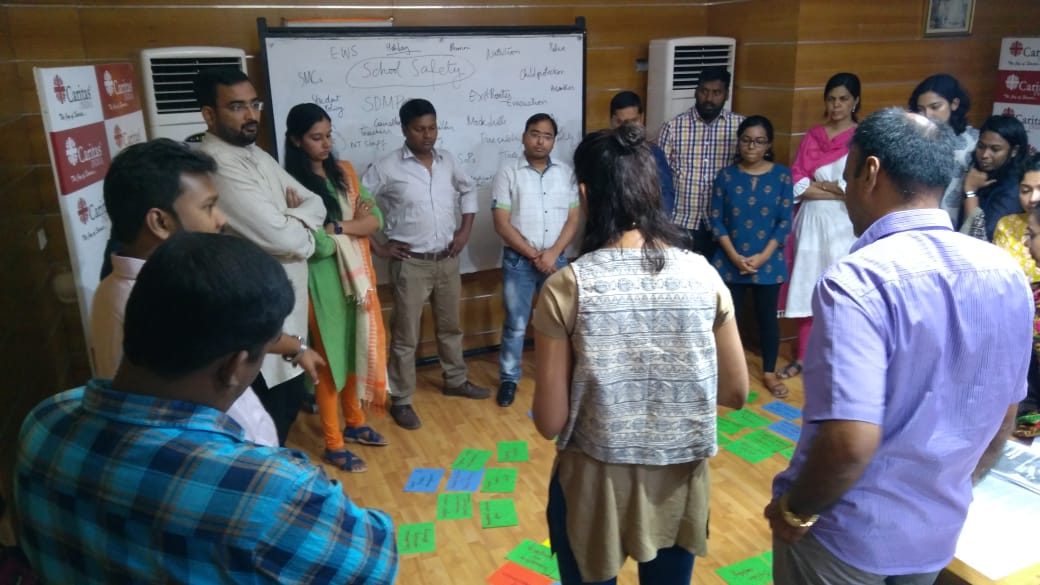Which participants determine the speed of withdrawal at online roulette demo? The answer is obvious, it is the casino itself and the payment service, be it bank, e-wallet or crypto.
Resilience Building: A key to urban planning
“Preparedness is the key in a risk-prone situation; we are saving a lot of resources by investing in preparedness”, remarked Rev. Father Paul, Executive Director of Caritas India during the two days workshop on Urban Resilience on 29th and 30th April 2019.
The workshop was organised in collaboration with Save the Children and focussed on enhancing the working knowledge of staffs and partners on urban disaster risk reduction and resilience. Caritas India’s Partners on Urban Resilience Programme in Delhi and Chennai namely Madras Social Service Society, Chetanalaya, St. Joseph’s Social Service Society and Prachodana participated in the workshop.
Rapidly growing urbanization grouped with poor service delivery and unplanned infrastructures has exacerbated risks in the urban areas, with India ranking 75th in the 2018 World Risk Report. The effects posed by urban risks are manifold, causing a grave threat to society’s well-being. Excessive population growth in metropolitan cities has greatly increased vulnerabilities to both natural and human-induced disasters. There has been an unprecedented growth in urban population over the past few decades and it has been estimated that by 2025 about 65% of the world population will live in urban areas. India’s population is pacing at a rapid rate, with Delhi expected to be the most populous urban conglomerate by 2028 with the current population of 29 million. Presently 36% of the country’s total population resides in urban areas and the figure is expected to grow substantially, as stated by UN World Urbanization Prospects 2018 report.
The steady rise in instances of fire and building collapse in cities across India has given a new dimension to urban vulnerability, and calls for a robust disaster management system in place; one which entails a proactive, efficient and coordinated administrative system along with an informed and active community.
The workshop provided a common learning platform for the staff working on Urban Resilience Program across India, by drawing upon knowledge on best practices and intervention methods along with sensitizing them on the various manifestations on Urban Disaster.
Through presentations and group work exercises, the facilitators captured the different facets of urban risks and highlighted on the key stakeholder/institutions that should be roped in for risk reduction programmes along with emphasizing on unique challenges faced in the urban context. To develop a deeper understanding on resilience, the facilitators delved into conceptual framework devised by Save the Children for developing a comprehensive resilience program under the PREMA (Preparedness, Resilience, Early Warning, Mitigation and Adaptation) model and the HELP model which aligns to the 9 basic life-saving services namely Health, Hygiene, Nutrition, Water, Sanitation, Education, Livelihood and Protection.
The discussion and brainstorming sessions introduced the program participants to major stakeholders namely National Slum Dwellers Federation and Global Alliance for Disaster Risk Reduction in Education Sector (GADRRRES) and the potential to establish linkages with these networks towards an effective response program. The sessions deliberated on the new ways of working in Urban resilience programme which should cover individuals, family, community, institutions, and governance and embed the HELP model to enable smooth functioning of the programme. The participants were also introduced to the various tools for conducting Participatory Vulnerability and Capacity Assessment. The program ended with the team drawing in key actions points and formulating strategies and measures for urban resilience building
Copyright Caritas India 2013 ! Developed by Neural Info Solutions Pvt. Ltd.


















































